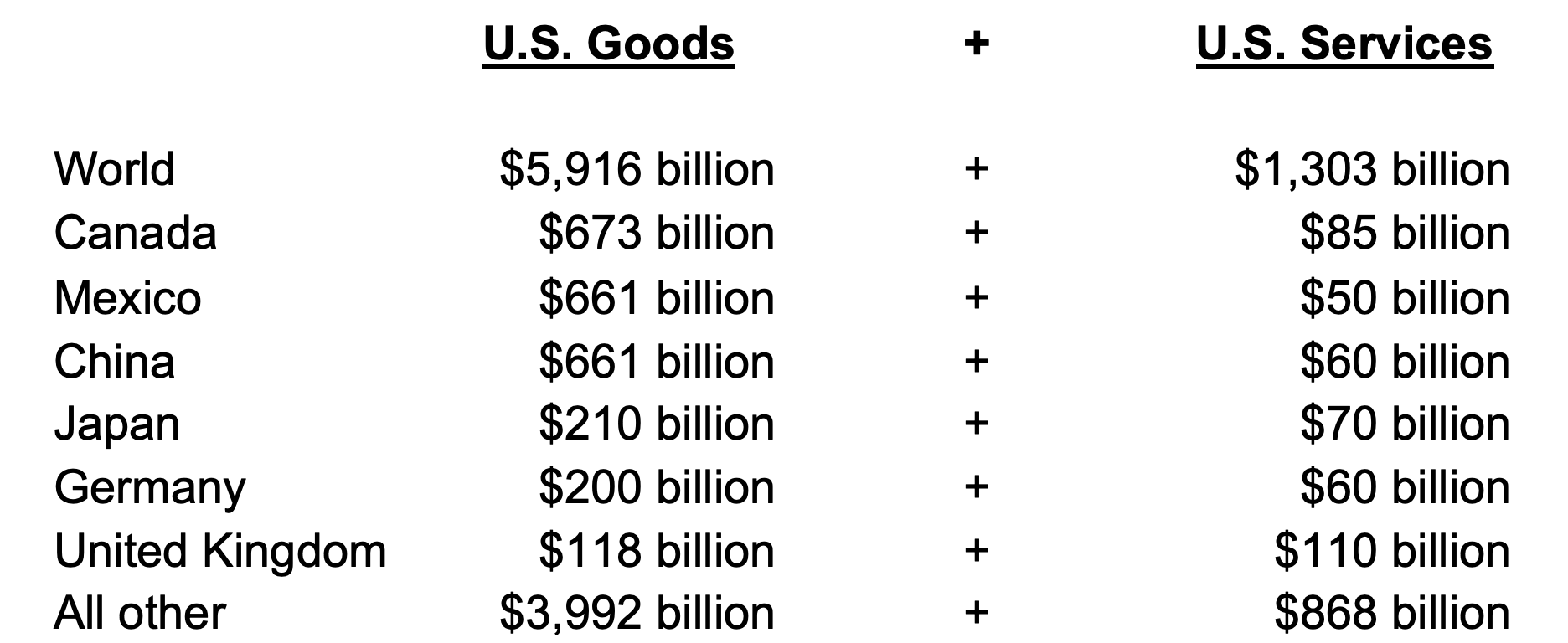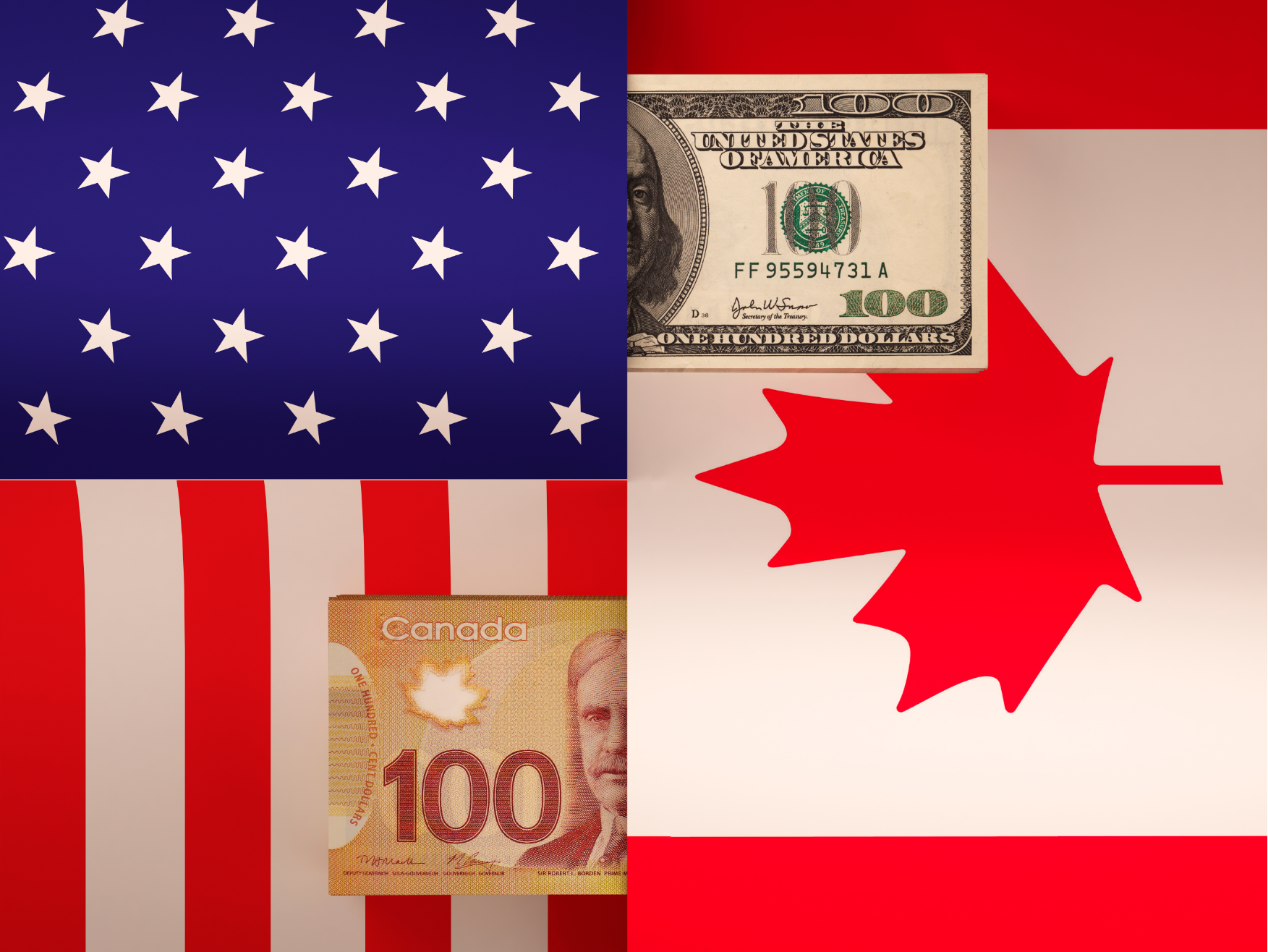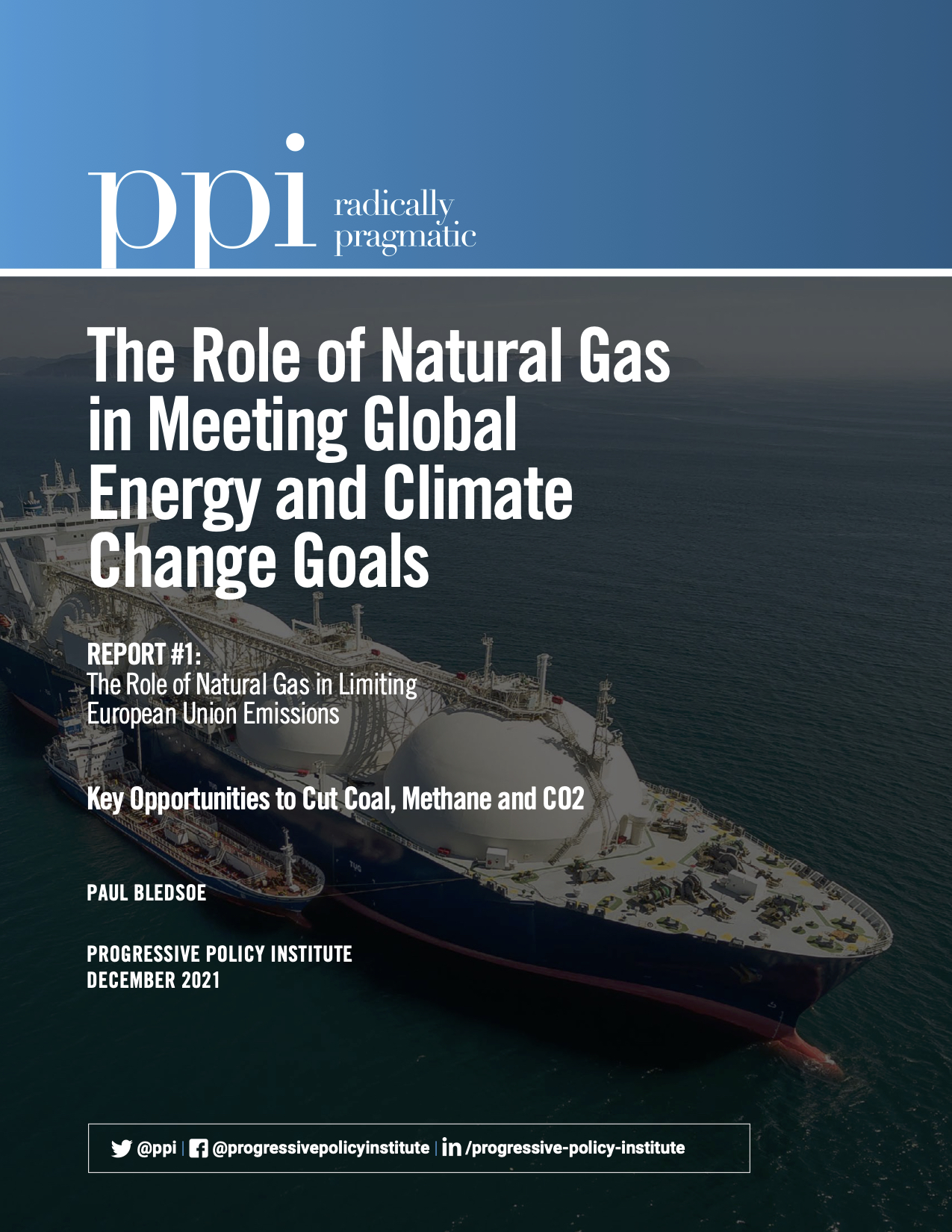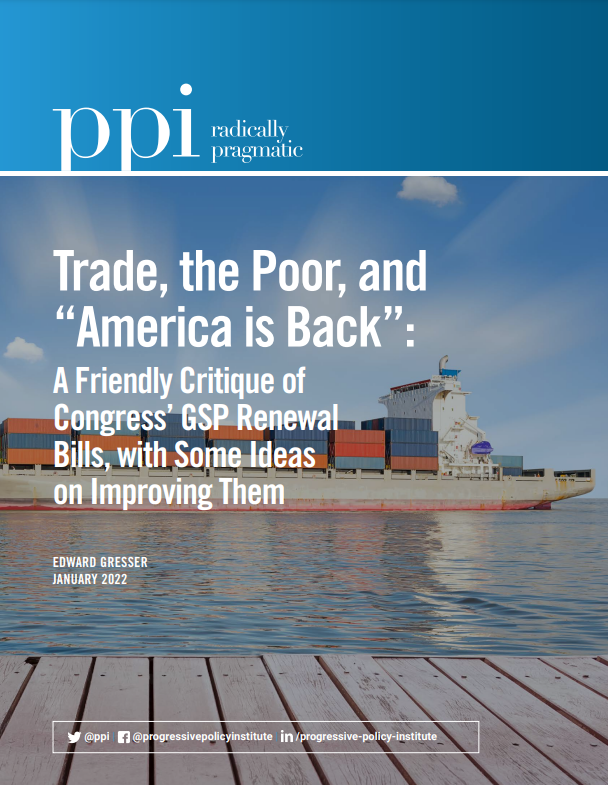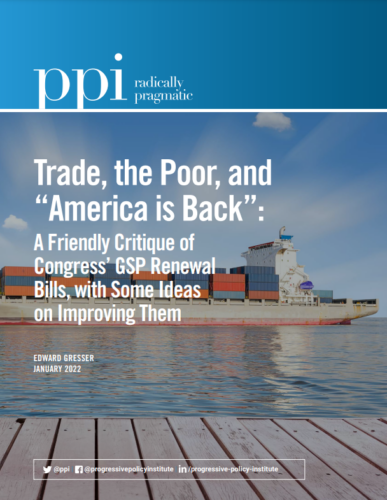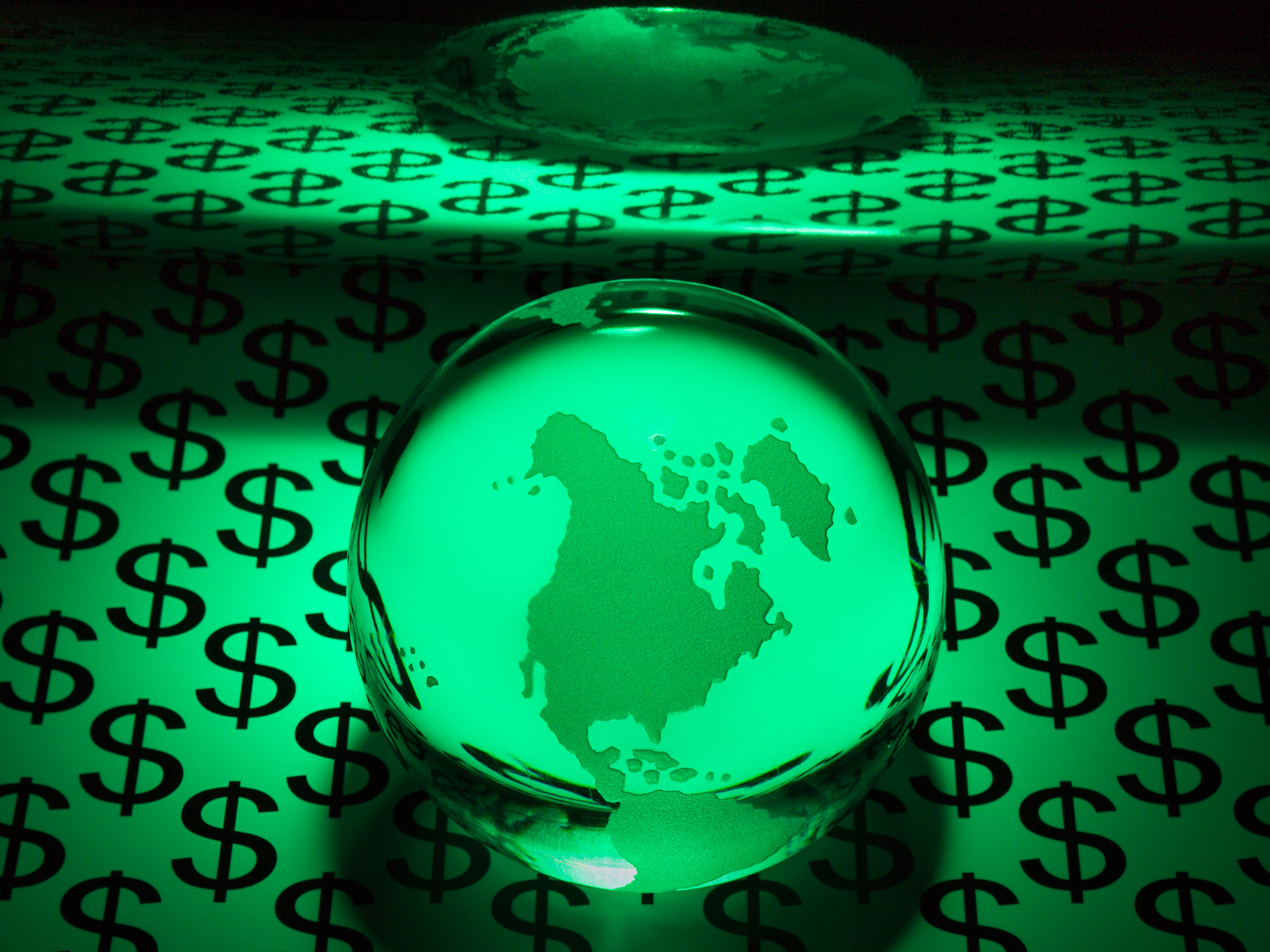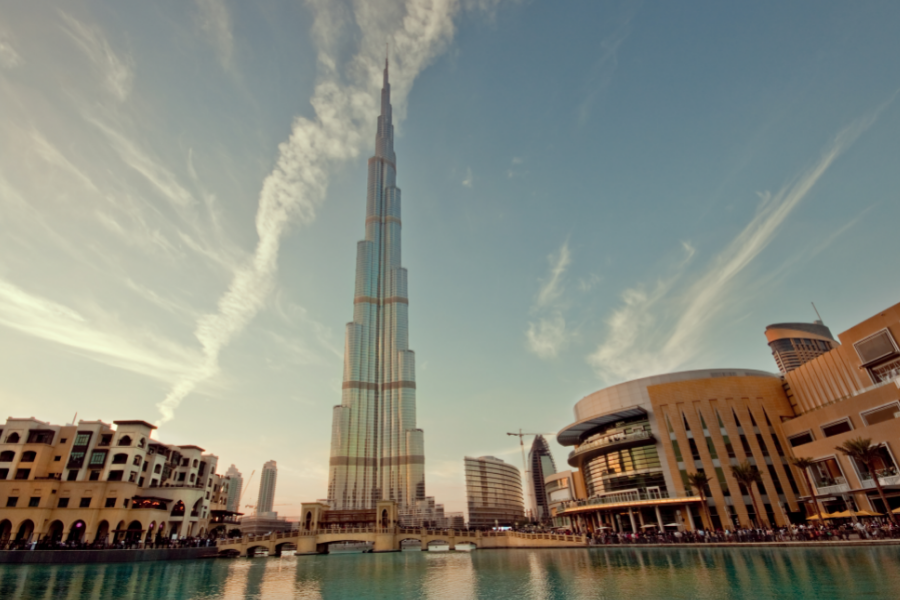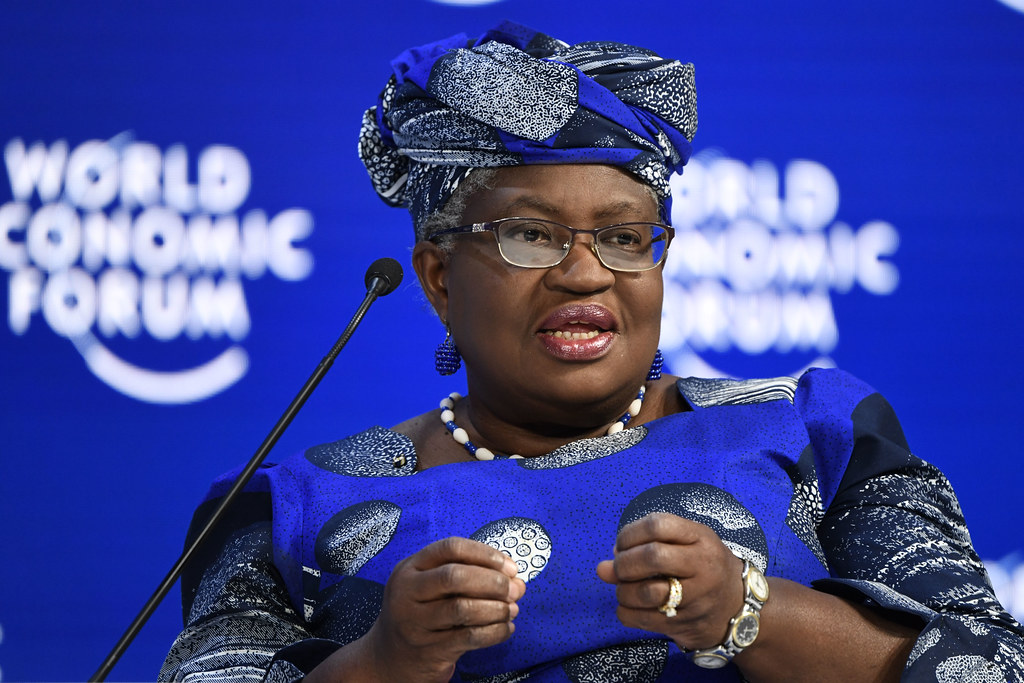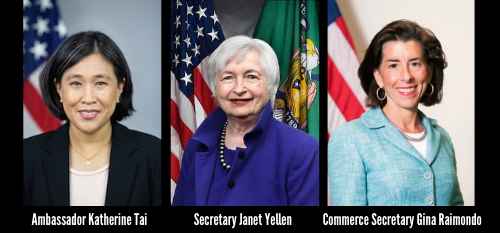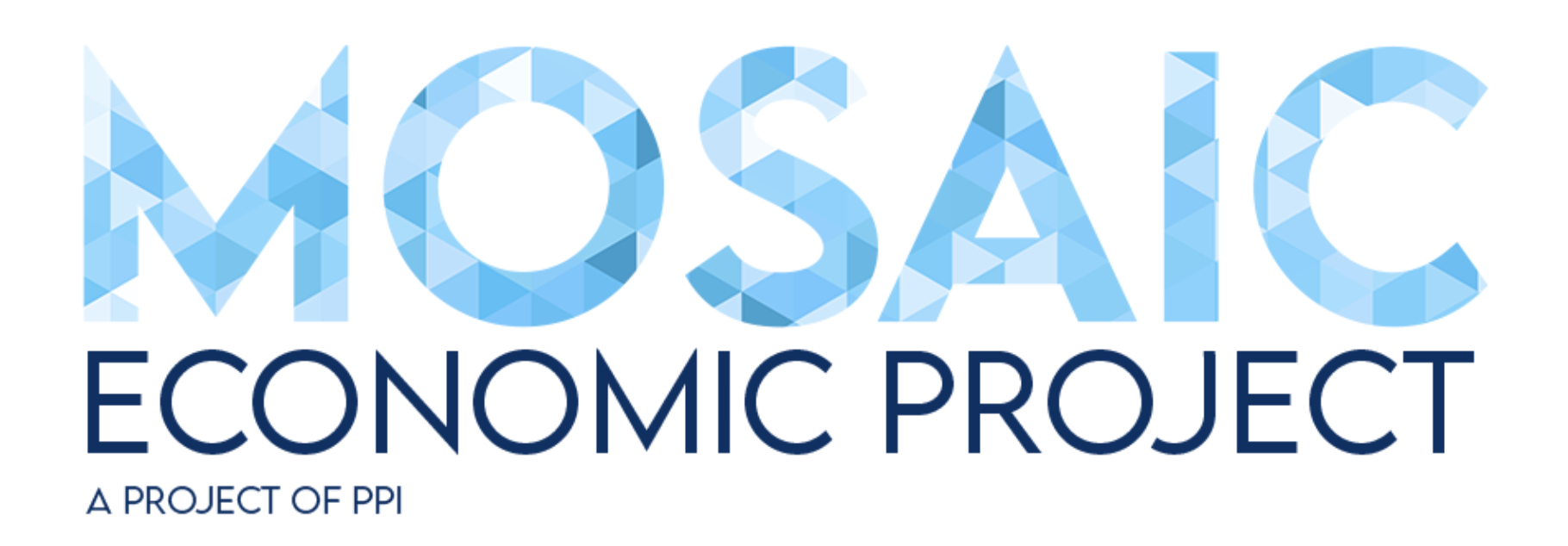FACT:
Russian share of world GDP and trade: 1% to 2%
THE NUMBERS:
GDP by country, IMF 2022 estimate
World. $102.0 trillion
U.S. $24.8 trilion
EU $18.4 trillion
Russia. $1.7 trillion
WHAT THEY MEAN:
As international sanctions responses to Russia’s attack on Ukraine evolve this week, what are they working with? Some measures of Russia’s place in the world economy along seven lines of data, covering GDP, trade, energy, currency trading, FDI, financial reserves, and scientific research:
GDP: Russia’s economy is more volatile than that of most other big countries, as it inflates rapidly when energy and metal prices rise and deflates fast when prices fall. This noted, the International Monetary Fund’s most recent estimate places Russian GDP at $1.7 trillion in 2022. This places it midway between Mexico’s $1.4 trillion and Canada’s $2.2 trillion, and about 1.5% of the $102 trillion world economy. Others in the same neighborhood include Brazil at $1.8 trillion, Taiwan at $1.6 trillion, and Indonesia at $1.2 trillion. IMF estimates for other big economies include: U.S. $25 trillion, China $18.5 trillion, EU $18.4 trillion, Japan $5.4 trillion, Germany $4.6 trillion, the U.K. $3.4 trillion, India $3.3 trillion, France $3.1 trillion, and Korea $1.9 trillion.
Trade: Russian exports vary, again with energy and metal prices, in a range from $200 billion to $400 billion per year. At the high end, this is about 2% of the world’s annual $20 trillion in goods exports. Relative to output, exports accounted for 25.5% of GDP in 2020, just below the worldwide 26.5% average. The EU is the main partner, buying 40% of Russian exports and providing 31% of imports; China is next as the market for 13% of Russian exports and source of 22% of imports. The U.S. is a minor player in both accounts, at about 5% each; for the U.S., Russia’s main significance is as a supplier of some specialty metals such as titanium and palladium.
Energy: DoE’s Energy Information Administration reports that Russia is the third-largest producer of petroleum in the world (after the United States and Saudi Arabia), and holds the world’s largest proven reserves of natural gas. With respect to trade, figures compiled by BP suggest that Russia accounts for 11.4% of world oil exports (7.4 million bbl/day out of 65.1 million), and a quarter of gas exports (238 billion cubic meters out of 940 billion. This means that the Russian government is more dependent on exports for revenue, and Russian private-sector businesses less dependent, than is the case for large manufacturing or agricultural exporting economies. About half of Russian oil exports go to the EU and a third to China; with respect to gas, determined by pipeline construction, 89% of exports go to the EU, Turkey, and Belarus.
Currency: The Bank of International Settlements’ most recent triennial report (2019) reports $46 billion in daily Russian currency turnover, or about 0.5% of the daily $8.3 trillion in worldwide currency trading.
Foreign Direct Investment: Russia’s role in currency trading is minimal; the Bank of International Settlements’ most recent triennial report (2019) reports $46 billion in daily Russian currency turnover, or about 0.5% of the daily $8.3 trillion in worldwide currency trading. As reported last November by UNCTAD, about $416 billion of the world’s $41.4 trillion in foreign direct investment stock are in Russia. Measured the other way, Russian firms and state enterprises hold a similar $379 billion in other countries. These figures, however, are likely large overstatements; IMF staff research suggests that about 60% of FDI in Russia comes from “foreign phantom corporations” — that is, “empty shell corporations with no real activities.”
Financial Reserves: The IMF reports Russian financial reserves, which presumably are less vaporous than FDI figures, at $630 billion. This is a large but not extraordinary sum, just below India’s $634 billion and not vastly above those of some smaller countries; for example, Israel is at $209 billion and the Czech Republic $175 billion. China’s reserves are the world’s largest at $3.4 trillion, with Japan next at $1.4 trillion.
Science: The OECD reports Russian spending on research and development at $44 billion, which is about 2% of an identified world total (including OECD members, China, Russia, Taiwan, and a few others) of $2.2 trillion. OECD places Russia’s R&D at 1% of GDP, similar to the level for Turkey and about 40% of the 2.5% OECD. The U.S. is at 3.1%; Israel and Korea have the highest known figure at 4.9% and 4.6%.
In sum, Russia is a large country and mid-tier economy. It is significant in energy production and exports (especially as a supplier for western Europe); it can use energy income to finance a large military establishment and a modest research base; and it has a large financial reserve but also likely relies heavily on energy exports to maintain this reserve. Otherwise, its role in global growth, investment, or invention is modest.

FURTHER READING
The Embassy of Ukraine in D.C.
And an update on U.S. policy, from the U.S. Embassy in Ukraine.
Sanctions background
White House staff review Russia energy and financial sanctions, as of Feb. 22.
European Union decisions.
The Japan Foreign Ministry can be found here.
The Treasury Department’s Office of Foreign Assets Control lists/reviews existing sanctions.
And a 2009 assessment of economic sanctions as a foreign policy tool, from Peterson Institute for International Economics scholars Hufbauer/Schott/Elliott/Clegg.
Background
The U.S. Energy Information Agency on Russia’s role in gas and oil.
PPI’s Paul Bledsoe’s report on natural gas, including the role of Russian gas.
The IMF economic database, with GDP, exports, debt, etc.
… and IMF staff on “phantom FDI” in Russia and elsewhere.
The OECD’s “Main Science and Technology Indicators.”
ABOUT ED
Ed Gresser is Vice President and Director for Trade and Global Markets at PPI.
Ed returns to PPI after working for the think tank from 2001-2011. He most recently served as the Assistant U.S. Trade Representative for Trade Policy and Economics at the Office of the United States Trade Representative (USTR). In this position, he led USTR’s economic research unit from 2015-2021, and chaired the 21-agency Trade Policy Staff Committee.
Ed began his career on Capitol Hill before serving USTR as Policy Advisor to USTR Charlene Barshefsky from 1998 to 2001. He then led PPI’s Trade and Global Markets Project from 2001 to 2011. After PPI, he co-founded and directed the independent think tank ProgressiveEconomy until rejoining USTR in 2015. In 2013, the Washington International Trade Association presented him with its Lighthouse Award, awarded annually to an individual or group for significant contributions to trade policy.
Ed is the author of Freedom from Want: American Liberalism and the Global Economy (2007). He has published in a variety of journals and newspapers, and his research has been cited by leading academics and international organizations including the WTO, World Bank, and International Monetary Fund. He is a graduate of Stanford University and holds a Master’s Degree in International Affairs from Columbia Universities and a certificate from the Averell Harriman Institute for Advanced Study of the Soviet Union.



